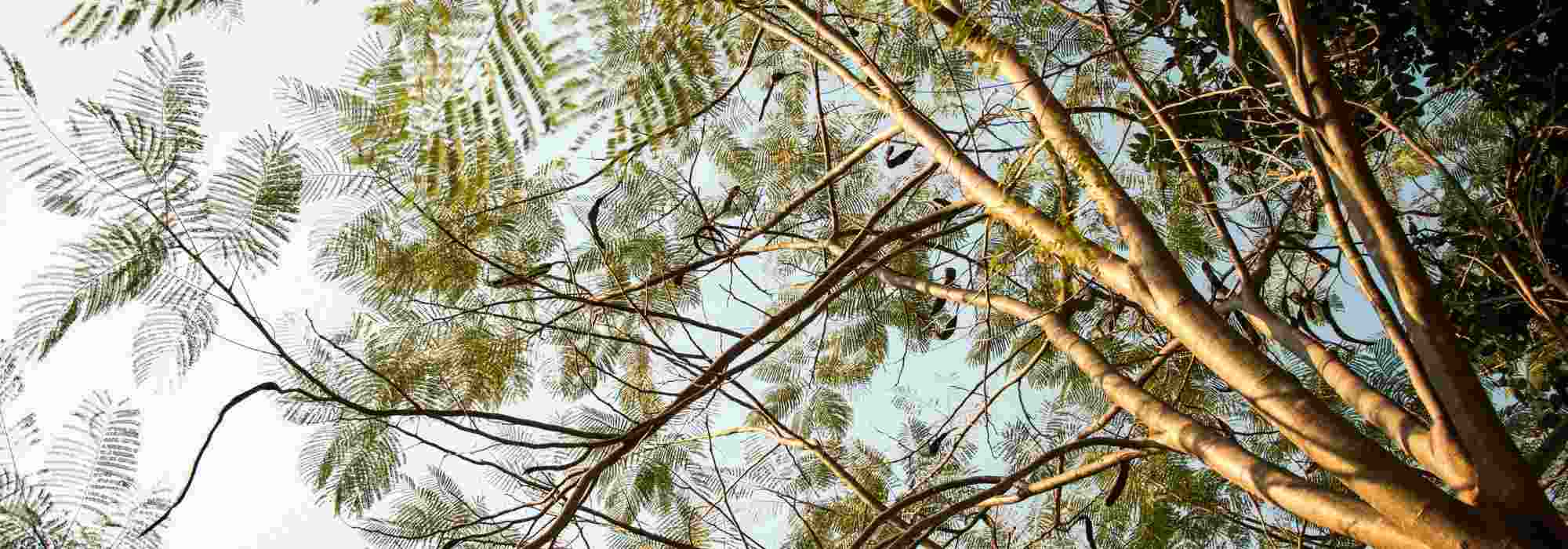
10 trees to shade a small garden
Selection of species suited to small spaces and urban gardens
Contents
Trees in a small garden? It’s entirely possible, and even desirable when you want to protect certain areas from the sun’s rays. A little corner of shade is always welcome, whether intended to protect the gardener or some heat-sensitive plants. In this selection, I present 10 small shade trees suited to gardens and modest-sized spaces, and to all climates. Some also provide decorative, colourful foliage and generous, even fragrant flowering.
Weeping Japanese pagoda tree (Sophora japonica 'Pendula')
Weeping Sophora, or Japanese pagoda tree, is a delightful small tree full of charm. Its compact size (3 m x 3 m) makes it perfectly suited to small urban gardens. With fairly rapid growth, it develops a gnarled trunk as it ages. The branches, bearing dark, glossy deciduous leaves, form a rounded habit and the branches droop gracefully to the ground, creating a shaded leafy shelter. Flowering, with a honeyed scent, occurs after many years in small cream flowers gathered in panicles. The fruits that follow resemble strings of pearls. Sophora tolerates pollution and drought, but its shallow roots make it more susceptible to wind. Plant in full sun in moist or drier, fertile soil that is not too calcareous and that does not retain water. Ideal for creating a small secluded shady spot in the garden!
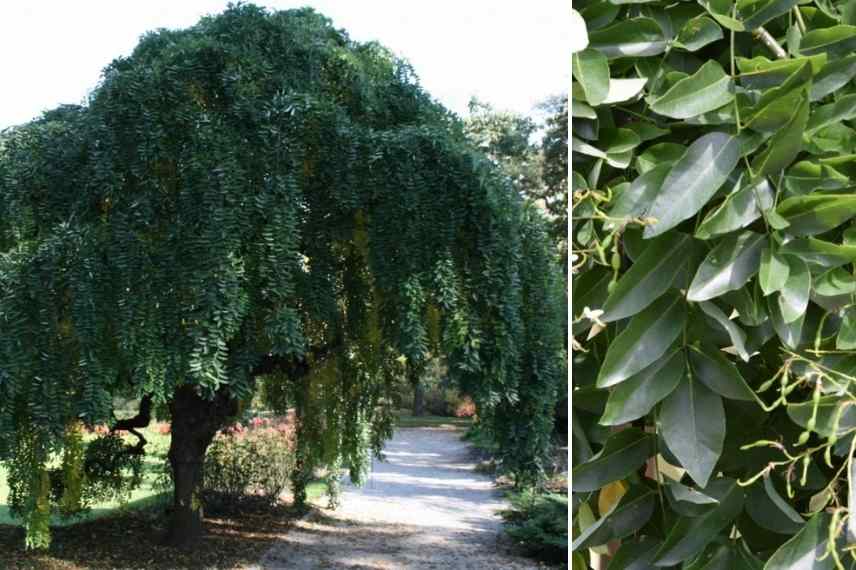
Read also
10 shade treesSilk Tree (Albizia julibrissum 'Red Selection')
Albizia ‘Rouge Selection’ is a charming small tree with an elegant silhouette that provides light shade. Growing to 7 m with a 5 m spread, it has a graceful habit with slightly trailing branches. Its deciduous foliage is green and finely divided, providing a backdrop to a superb, particularly airy, summer flowering in a pink tending towards red. Its exotic appearance makes it very appealing, and it can be planted north of the Loire provided it is in full sun, in well-drained soil, and sheltered from cold winds. Its hardiness is not its strong point. With a root system that penetrates the soil, the silk tree is very decorative and is also resistant to diseases and parasitic pests.
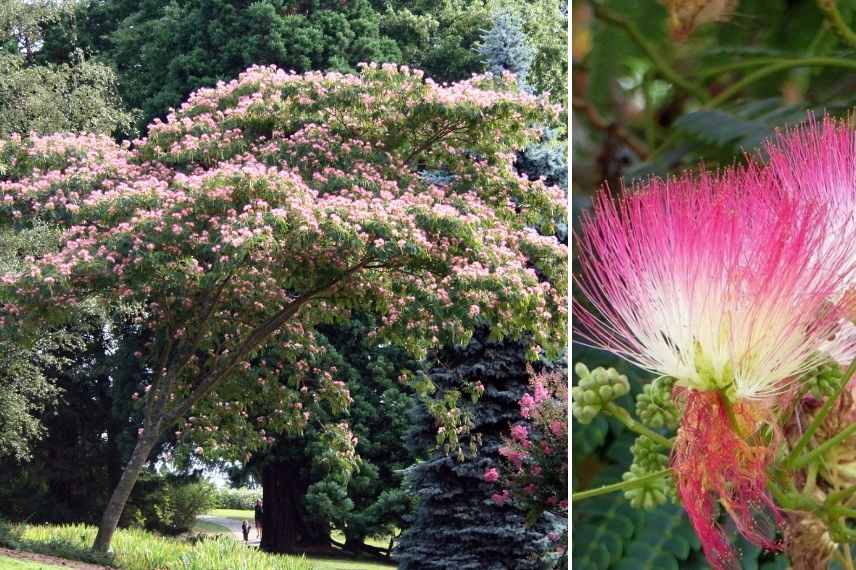
→ All about planting, pruning and maintaining Albizia in our dedicated factsheet.
Discover other Trees and large shrubs
View all →Available in 0 sizes
Available in 1 sizes
Available in 1 sizes
Available in 1 sizes
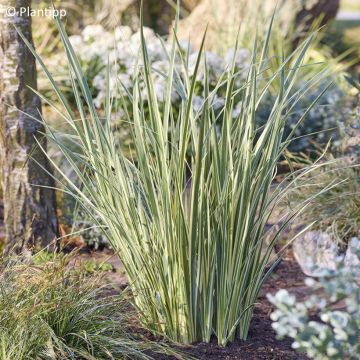
Available in 1 sizes
Available in 1 sizes
Available in 1 sizes
Available in 1 sizes
Available in 2 sizes
Available in 1 sizes
Purple Judas Tree (Cercis canadensis 'Forest Pansy')
This Forest Pansy redbud is very popular, thanks to interest generated by its changing foliage. Its heart-shaped leaves emerge in purplish tones, which develop into a glossy crimson-purple red, finally turning yellow in autumn before falling to ground. Spring flowering, bright pink, occurs directly on naked wood. It is followed by purple pods that extend its ornamental appeal. Often developing on multiple trunks, the Judas tree adopts a natural shrubby habit, but can be pruned to form a small tree, 5 m x 3 m. With normal growth, it tolerates any rich, well-drained soil and copes well with drought, though a little coolness at its base is beneficial. Hardy to -25°C, it grows equally well in sun or semi-shade. A small shade tree with irresistible charm!
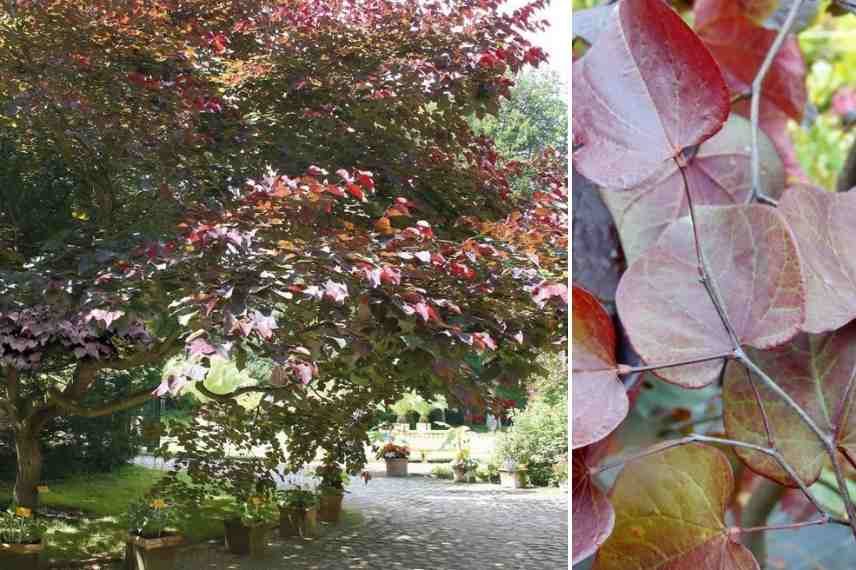
→ In our article, we tell you how to plant, prune and maintain the Judas tree.
Globe-headed Robinia (Robinia pseudoacacia 'Umbraculifera')
If looking for a small tree with a formal or contemporary look, this variety is for you. Ball Acacia, when grafted, develops a regular sphere of dense foliage atop a straight trunk. Although it does not flower, it is a thornless variety with a habit that fits many gardens. Unpruned, it reaches about 5 m, with slightly less spreading, and provides shade that still allows planting beneath it. Its decorative foliage, late to develop and late to fall, and divided into numerous leaflets, turns from fresh green to yellow at season’s end. Birds particularly enjoy building their nests in its reassuring branches. Of fairly slow growth, it is content with light soil, even poor, from moist to rather dry, provided it is well drained. Very resistant to pollution and quite hardy, place it in a sunny position but sheltered from strong winds, which can damage its branches and foliage.
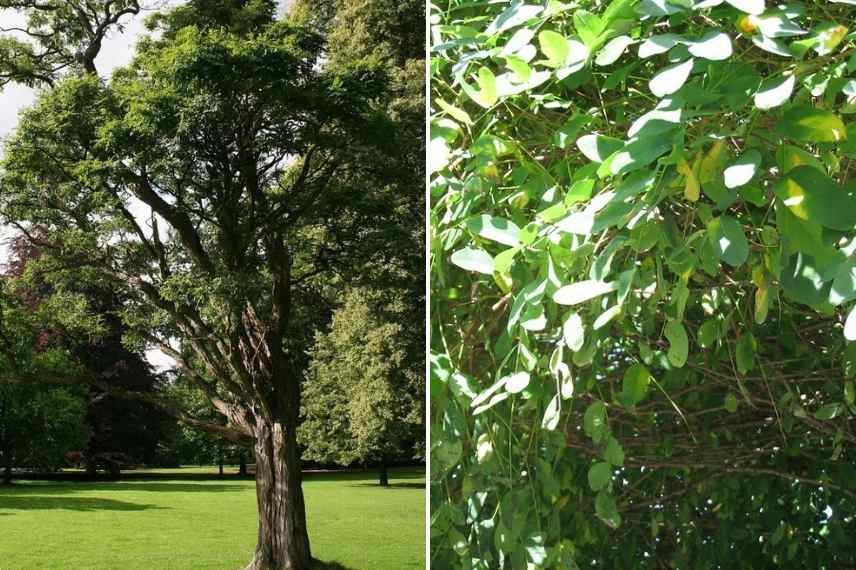
→ Discover in detail how to plant, prune and maintain the Robinia, or False Acacia in our guide.
Orange golden rain tree (Koelreuteria paniculata 'Coral Sun')
The Golden Rain Tree is a small, slightly exotic-looking tree, appreciated for its many decorative qualities. The variety ‘Coral Sun’ is even more popular, thanks to its deciduous, pinnate foliage divided into leaflets, pink-hued when young, green in season, finally blazing orange in autumn. Its summer flowering, in long panicles of small, melliferous, fragrant flowers, is another ornamental asset, as are its curious fruits, also in orange hues. Of quite slow growth, it eventually forms a graceful tree some 7 m high with 5 m spreading, with a rounded, spreading habit. Easy to grow in any neutral to calcareous soil, it is hardy, although flowering can be compromised by late frosts. Widely used in warm, dry climates, such as Mediterranean ones, it provides welcome shade. It thrives in full sun and shows excellent drought resistance.
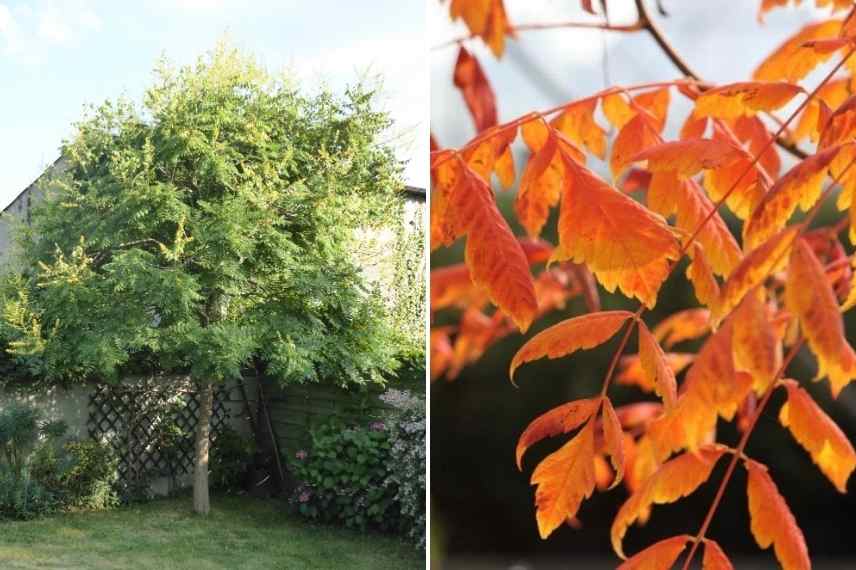
→ Planting, pruning and caring for the Golden Rain Tree, all our advice online.
Japanese flowering cherry 'Kanzan' (Prunus serrulata 'Kanzan')
Among ornamental cherry trees, Prunus ‘Kanzan’ is a variety with a remarkable presence. In spring, a multitude of double, bright pink flowers literally cover the naked branches, creating an unforgettable display. As flowers fade, young foliage emerges. Bronze-coloured at first, it greens up in summer, and the tree is noticeable again when its leaves blaze orange in autumn, before falling. With an upright then spreading habit, this Prunus reaches 7 m in height with a 4 m spread. Quite hardy, it prefers sunny, sheltered positions to protect its flower buds. It thrives in light soil, even sandy or stony, as long as soil remains cool. Chalky soil does not deter it. The shade it provides is one reason people choose to sit beneath its branches, but picnicking or resting beneath its abundant flowering is also a romantic pleasure that’s hard to resist.
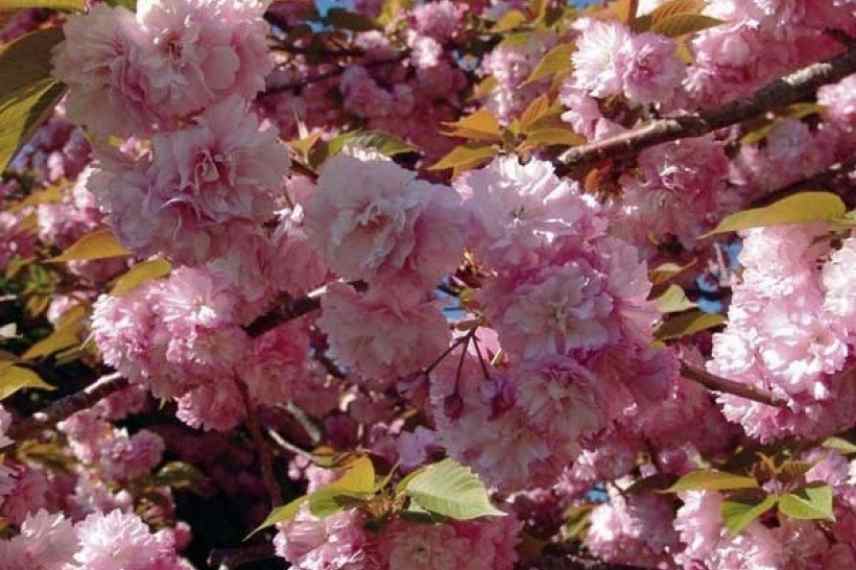
→ All about Japanese cherry trees: planting, pruning and care.
Golden Ash‑Leaved Maple (Acer negundo 'Kelly's Gold')
This small Maple ‘Kelly’s Gold’ (6m x 4m) is an unusual and very striking variety. Distinctive for its foliage, with leaflets bearing dentate edges, which set it apart from many of its relatives. Striking for its vivid colours. Leaves emerge golden-yellow in spring, then gently shift to a refreshing chartreuse green, finally adorning themselves with copper and orange in autumn, making this cultivar attractive for many months. Young branches, which develop from a generally stocky trunk, show bluish tones and are covered with a film of white bloom. Flowering occurs in mid-spring. Female flowers, yellow-green, and male flowers, reddish, however do not produce fruit. When mature, ‘Kelly’s Gold’ has a more or less rounded, regular habit. Plant it in partial shade or in sun that is not scorching, in fresh to moist soil, calcareous, neutral or slightly acidic. It tolerates dry spells better when planted in heavy clay soil. Simply avoid very windy sites, which can snap its fragile branches.
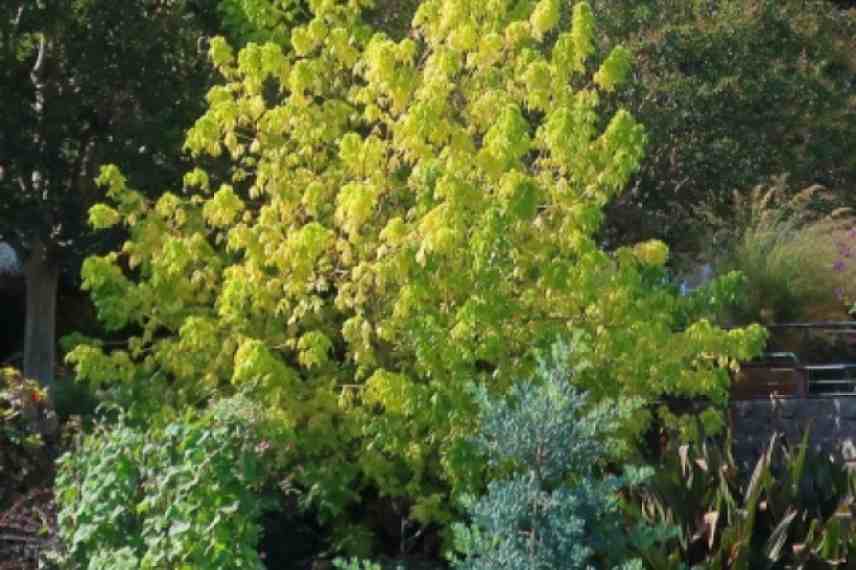
→ In our family sheet, we give you all advice for planting, pruning and caring for maples.
Crepe myrtle 'Jacqueline Desmartis' (Lagerstroemia indica 'Jacqueline Desmartis')
Crape myrtle is a large bush or small decorative tree all year round! Its leathery foliage breaks bud red, greens up in summer, and takes on warm hues in autumn, as if taking a bow, before leaves fall. Once bare, its bark, soft to the touch and beige, peels in colourful patches, enlivening the garden throughout winter. Finally, its flowering, which begins in summer and can continue into autumn, adorns the tips of the branches, in clusters of numerous flowers with a distinctive texture, in fresh pink tones for this cultivar, ‘Jacqueline Desmartis’. With fairly rapid growth, Lagerstroemia forms a well-ramified bush 3 to 5 m high, with a 3 m spread, but is also sometimes offered on stem. With limited hardiness, it prefers mild, humid climates such as those on the Atlantic coast, but can be acclimatised to colder regions with some precautions. Place in a warm, sunny spot in rich, moist but well-drained soil.
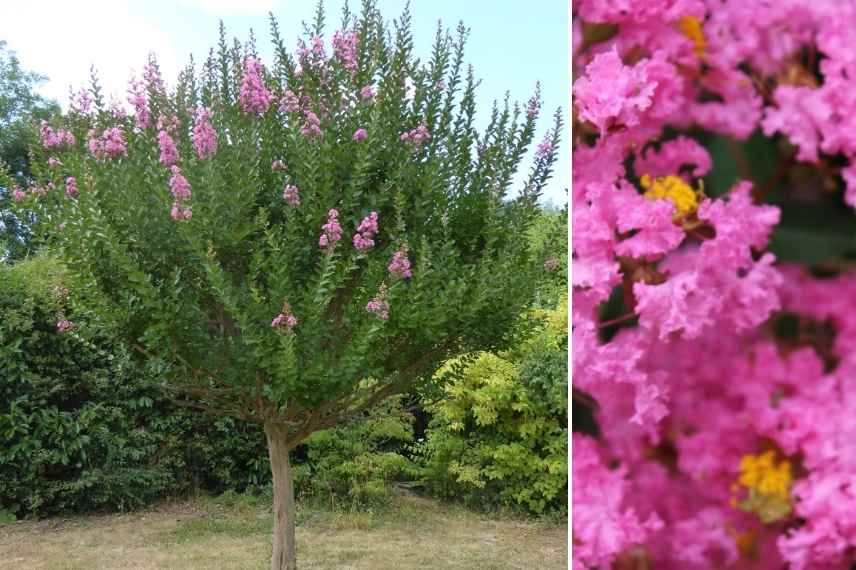
→ All about the Crape myrtle: pruning, planting and maintenance.
Globe Norway maple (Acer platanoides 'Globosum')
You want shelter under a parasol but are averse to artificial commercial models? Then opt for the Maple ‘Globosum’, a true vegetal parasol! Its single trunk supports a dense globe of foliage, which breaks into bud in brown to reddish tones, then shows a vibrant green in summer, before lighting up garden or terrace edge with its bright yellow, more or less punctate with red, once autumn arrives. Leaves, deciduous, are palmate and distinctly dentate. On mature specimens, flowering occurs in early spring in discreet yellow‑green flowers, followed by winged samaras. Of moderate growth (8m x 6m), this maple presents a silhouette with a rounded crown in the garden. Before hanging your hammock beneath its branches, check you can provide this easy‑to‑grow tree with fertile, deep soil, even calcareous. Choose a sunny spot that isn’t scorchingly hot… and enjoy!
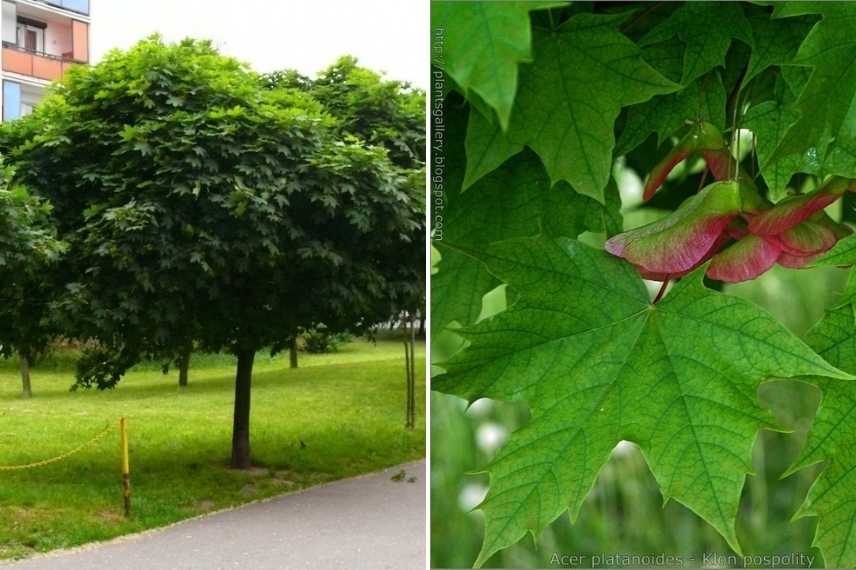
→ In our family sheet, we give all tips on planting, pruning and caring for maples.
Olive tree (Olea europaea)
Now cultivated far from its native range, olive tree is a small tree that nevertheless remains emblematic of the Mediterranean basin and the south. It is prized for its picturesque, sometimes fantastical silhouette. Old trunks, which may be single or multiple, are thick, solid and deeply fissured. Some take on very twisted shapes. They are topped by bushy, spreading branches, bearing thick evergreen foliage of grey-green colour with silvery reflections. Spring flowering, with small white to yellowish flowers, is brief. In warm climates, the mature tree produces olives, edible once processed. The olive tree adapts to any type of soil, even stony and calcareous, but it does not survive in poorly drained soil, and its hardiness is around -12°C. A mature specimen reaches 9m in height, with a 7m spread, and shows very good drought resistance. Very long-lived, it may be affected by various insects and diseases, which however rarely compromise its health.
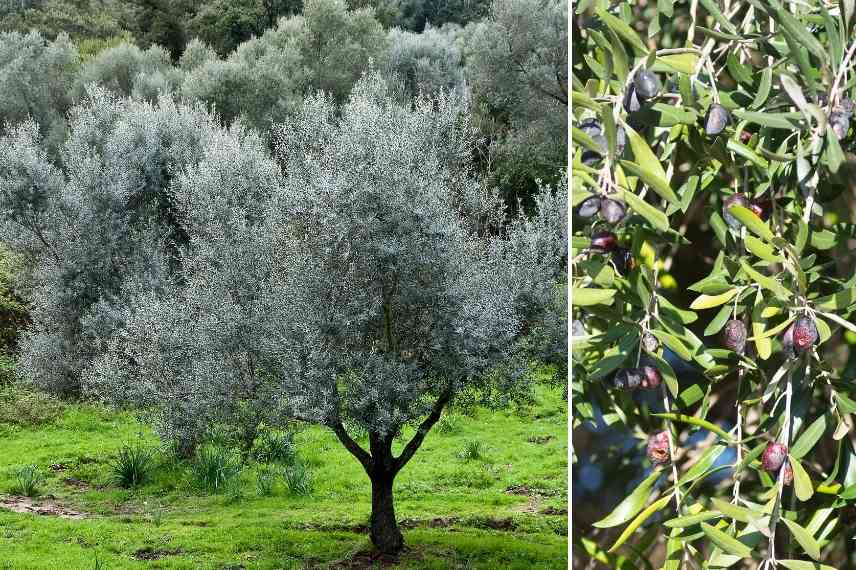
→ All our cultivation, pruning and care advice for the olive tree in our guide.
- Subscribe!
- Contents
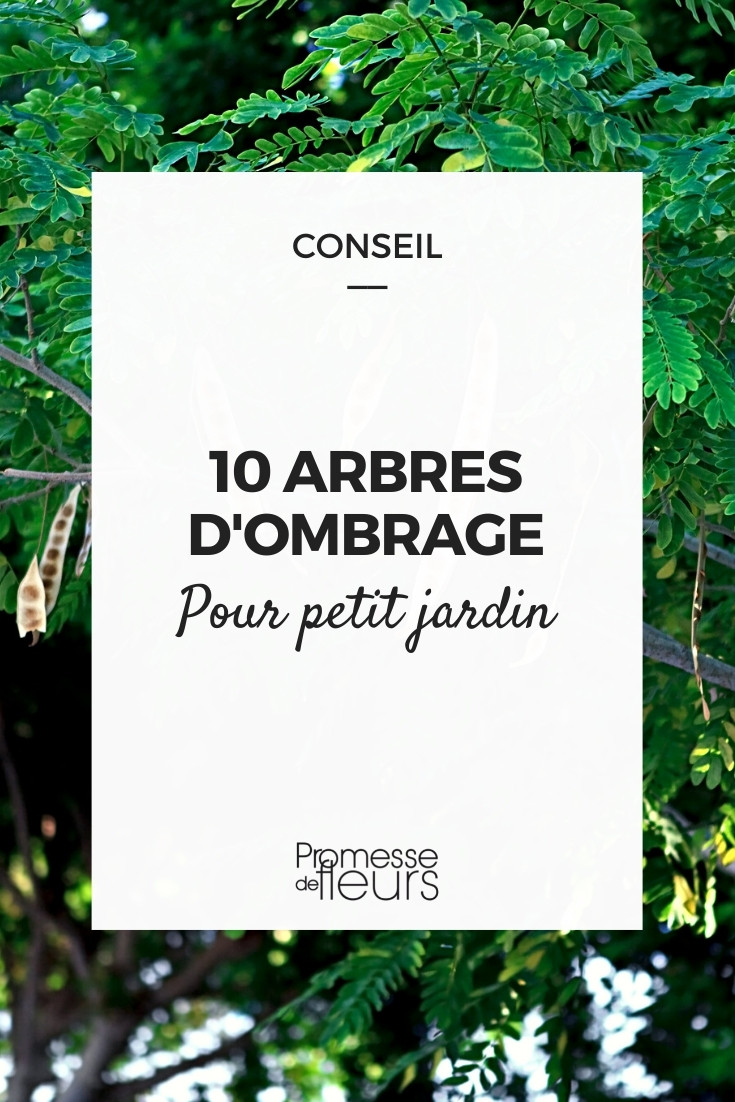



































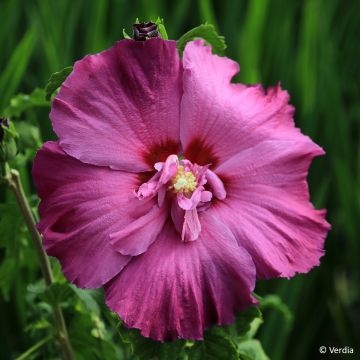
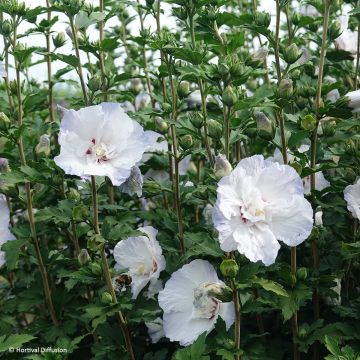


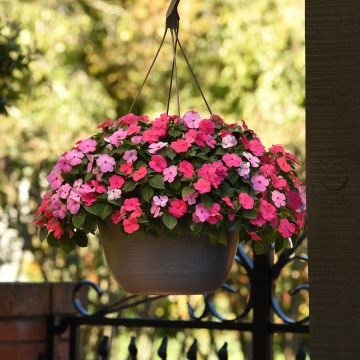
Comments